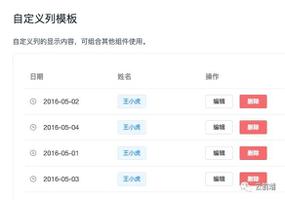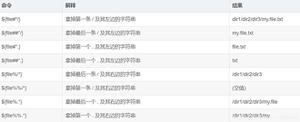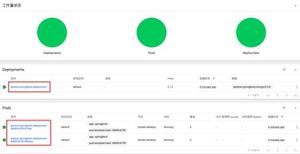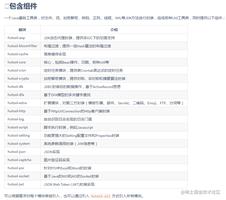Vue.js中this.$nextTick()的使用

this.$nextTick()将回调延迟到下次 DOM 更新循环之后执行。在修改数据之后立即使用它,然后等待 DOM 更新。它跟全局方法 Vue.nextTick 一样,不同的是回调的 this 自动绑定到调用它的实例上。
假设我们更改了某个dom元素内部的文本,而这时候我们想直接打印出这个被改变后的文本是需要dom更新之后才会实现的,也就好比我们将打印输出的代码放在setTimeout(fn, 0)中;
先来第一个例子看一看
<template><section>
<div ref="hello">
<h1>Hello World ~</h1>
</div>
<el-button type="danger" @click="get">点击</el-button>
</section>
</template>
<script>
export default {
methods: {
get() {
}
},
mounted() {
console.log(333);
console.log(this.$refs['hello']);
this.$nextTick(() => {
console.log(444);
console.log(this.$refs['hello']);
});
},
created() {
console.log(111);
console.log(this.$refs['hello']);
this.$nextTick(() => {
console.log(222);
console.log(this.$refs['hello']);
});
}
}
</script>
可以根据打印的顺序看到,在created()钩子函数执行的时候DOM 其实并未进行任何渲染,而此时进行DOM操作并无作用,而在created()里使用this.$nextTick()可以等待dom生成以后再来获取dom对象
然后来看第二个例子
<template><section>
<h1 ref="hello">{{ value }}</h1>
<el-button type="danger" @click="get">点击</el-button>
</section>
</template>
<script>
export default {
data() {
return {
value: 'Hello World ~'
};
},
methods: {
get() {
this.value = '你好啊';
console.log(this.$refs['hello'].innerText);
this.$nextTick(() => {
console.log(this.$refs['hello'].innerText);
});
}
},
mounted() {
},
created() {
}
}
</script>
根据上面的例子可以看出,在方法里直接打印的话, 由于dom元素还没有更新, 因此打印出来的还是未改变之前的值,而通过this.$nextTick()获取到的值为dom更新之后的值
this.$nextTick()在页面交互,尤其是从后台获取数据后重新生成dom对象之后的操作有很大的优势,这里只是简单的例子,实际应用中更为好用~
转 :https://www.cnblogs.com/jin-zhe/p/9985436.html
以上是 Vue.js中this.$nextTick()的使用 的全部内容, 来源链接: utcz.com/z/378481.html









